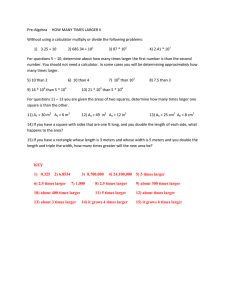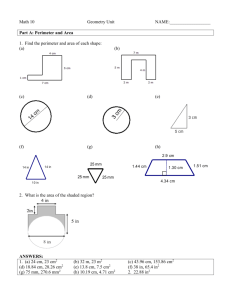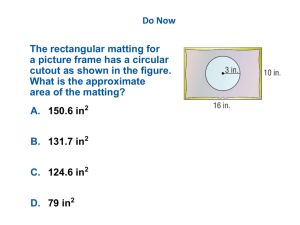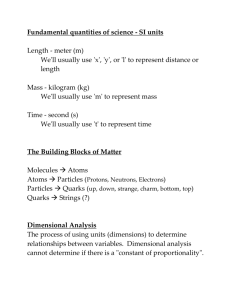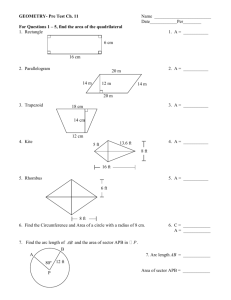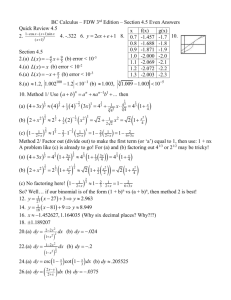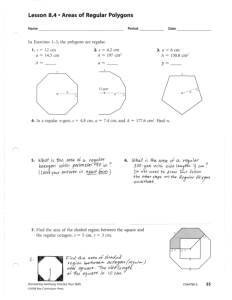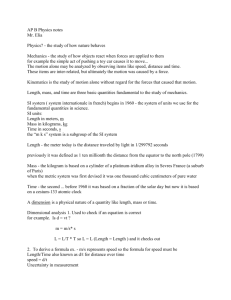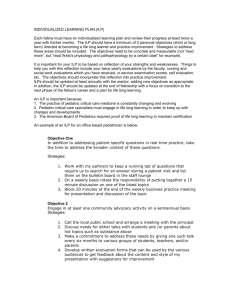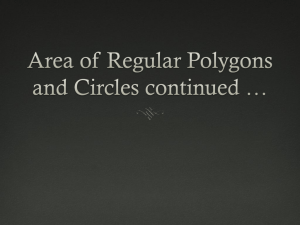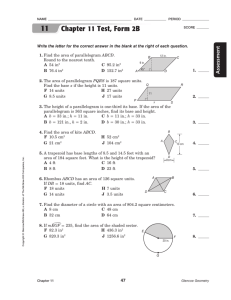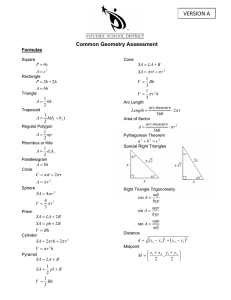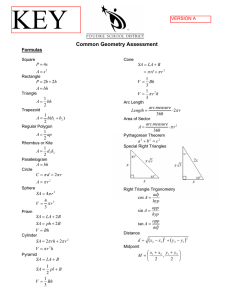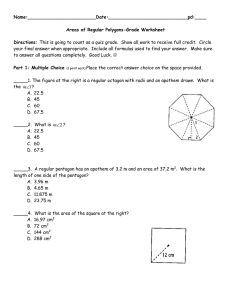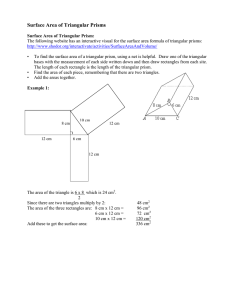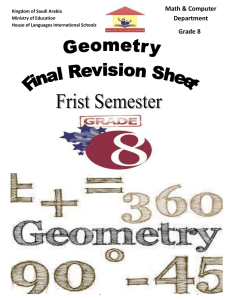Units and Significant Figures
advertisement
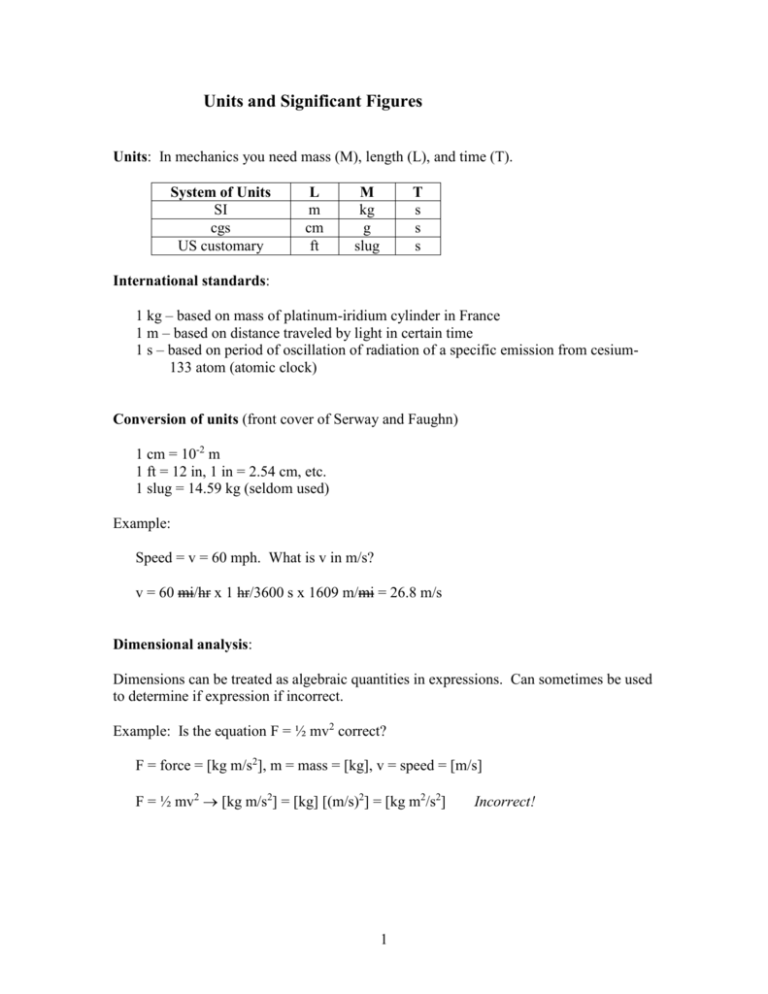
Units and Significant Figures Units: In mechanics you need mass (M), length (L), and time (T). System of Units SI cgs US customary L m cm ft M kg g slug T s s s International standards: 1 kg – based on mass of platinum-iridium cylinder in France 1 m – based on distance traveled by light in certain time 1 s – based on period of oscillation of radiation of a specific emission from cesium133 atom (atomic clock) Conversion of units (front cover of Serway and Faughn) 1 cm = 10-2 m 1 ft = 12 in, 1 in = 2.54 cm, etc. 1 slug = 14.59 kg (seldom used) Example: Speed = v = 60 mph. What is v in m/s? v = 60 mi/hr x 1 hr/3600 s x 1609 m/mi = 26.8 m/s Dimensional analysis: Dimensions can be treated as algebraic quantities in expressions. Can sometimes be used to determine if expression if incorrect. Example: Is the equation F = ½ mv2 correct? F = force = [kg m/s2], m = mass = [kg], v = speed = [m/s] F = ½ mv2 [kg m/s2] = [kg] [(m/s)2] = [kg m2/s2] 1 Incorrect! Uncertainty and significant figures: How do we write a value to represent a certain degree of uncertainty? How are uncertainties propagated when combined? Example: error propagation in multiplication (or division) area of a plate L = (15.5 +/- 0.2) cm W = (5.3 +/- 0.1) cm Area = A = L x W A(min) = (15.3 cm)(5.2 cm) = 79.56 cm2 A(max) = (15.7 cm)(5.4 cm) = 84.78 cm2 A(avg) = (15.5 cm)(5.3 cm) = 82.15 cm2 Don’t write A = 82.15 cm2, since this implies too great accuracy. Write A ~ (82 +/- 3) cm2 . Rough rule: Number of significant digits in product is no more than least number in multipliers. (Percentage error in product can’t be less than percentage error in either of the multipliers.) Example: error propagation in addition (or subtraction) m1 = 225 g, m2 = 5.17 g m = m1 + m2 = 225 g + 5.17 g = 230.17 g - wrong. Too many digits. Write m = 230 g. Sum should have same number of decimal places as smallest number of decimal places of any term in sum. 2 How do we express significant figures without ambiguity? Examples: L = 1500 m??? Are zeros significant, or do they just fix the decimal place? If zeros are significant figures, then write L = 1.500 x 103 m; if not, then write L = 1.5 x 103 m. x = 0.0245 ??? Implies 3 significant figures. If 4 significant figures, then write x = 0.02450 or x = 2.450 x 10-2. Order of magnitude: This means within a factor of 10. Example: If your mass is 80 kg, then within an order of magnitude your mass is 102 kg. (m ~ 102 kg) Example: The first computer hard drive introduced in 1956 had an areal density (AD) of 2 Kb/in2. Fifty years later, in 2006, the maximum areal density was AD ~ 200 Gb/in2. By how many orders of magnitude did the density increase? 1956 – AD = 2 x 103 bit/in2; 2006 – AD = 200 x 109 bit/in2 = 2 x 1011 bit/in2. So, AD increased by factor of 108, or 8 orders of magnitude. Basic trigonometry: sin = b/c, cos = a/c, tan = sin/cos = b/a c c2 = a2 + b2 b a 3

